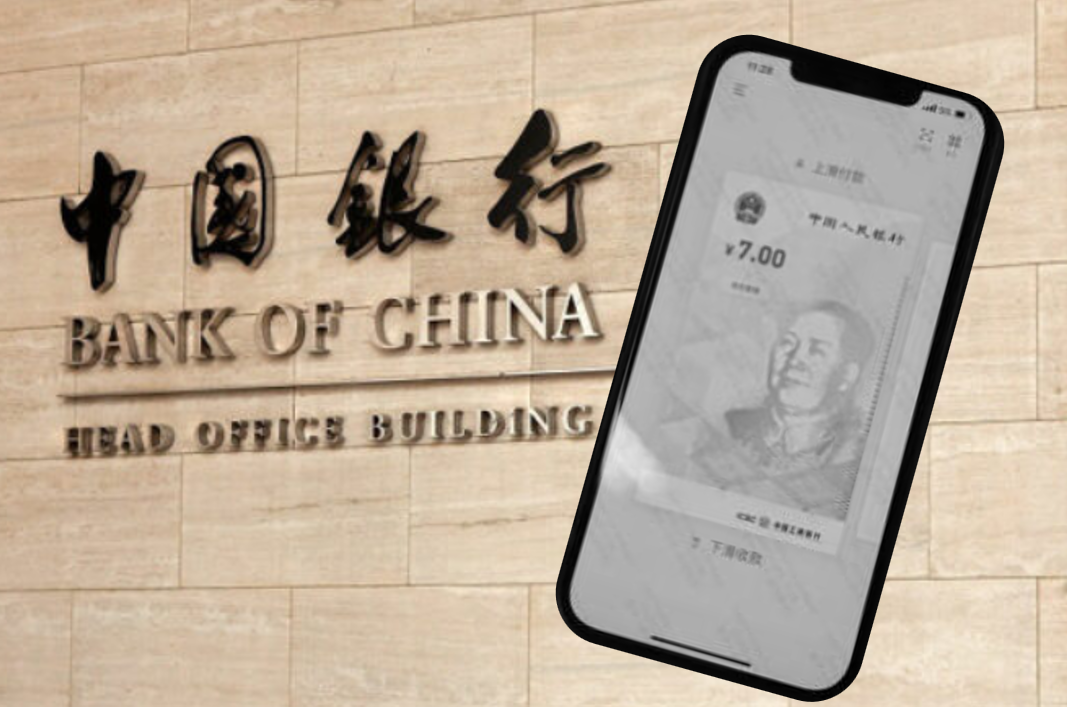
The Bank of China has partnered with telecommunications giants China Unicom and China Telecom to offer a new payment option for digital yuan users.
The new payment method combines Super SIM technology with near-field communication capabilities (NFC) to allow users to make payments via mobile phone, even with no battery or internet connection.
The new transactions mechanism, for which trials started on June 11, will work as a hardware wallet whose core features are, according to the release statement, “safety and reliability, universal convenience, non-electric payment, and shared balance.”
No battery, no Internet - No problem
After WeChat last month launched a new technology allowing users to pay with their palms; this month was the time for the oldest bank in China to show what it had in store.
Now available to citizens in selected Chinese provinces, the hardware wallet combines two different technologies.
Near Field Communication Technology (NFC) transmits data through electromagnetic radio fields, allowing for short-range wireless connectivity between NFC-enabled devices that are on a range of 4cm or less from one another, therefore eliminating the need for internet connectivity. But NFC has a key limitation: it can’t be used when a device battery is dead.
To overcome this barrier, the Bank of China, together with its partners, will use Super SIM cards, a particular type of SIM card available in the country since 2016, which besides holding the typical SIM data, has extra storage space.
It is in this extra space where the e-CNY, the digital Yuan app, will be stored. The technology is currently only available for Android users who have already purchased a super SIM card and need only to put the phone in close contact with the payment receiver to complete the transaction.
While palm payments cater for the urban population by offering them an instant payment option, this new method is intended for those living in rural areas, lagging behind technologically, and for whom the SIM card is the most widely available and accepted hardware medium.
Digital Yuan adoption efforts
In 2020, the world’s second-largest economy was one of the first to start experimenting with its own Central Bank Digital Currency (CBDC). Nonetheless, the currency hasn’t yet been officially rolled out across the country.
Instead, the Chinese government has been trialing the digital yuan in several provinces and market sectors.
During the Lunar New Year period, several provinces across the country gave away over 180 million yuan ($26.5 million) worth of China’s CBDC intended to promote consumption.
Last April, the port city of Xuzhou announced it would start accepting payment for services and fees relating to cross-border trade in digital yuan, therefore making the CBDC part of its Belt and Road Initiative.
The biggest rollout of the currency so far this year has been the adoption of the digital yuan as a method of payment for salaries to public sector workers across several cities in the eastern part of the country.

